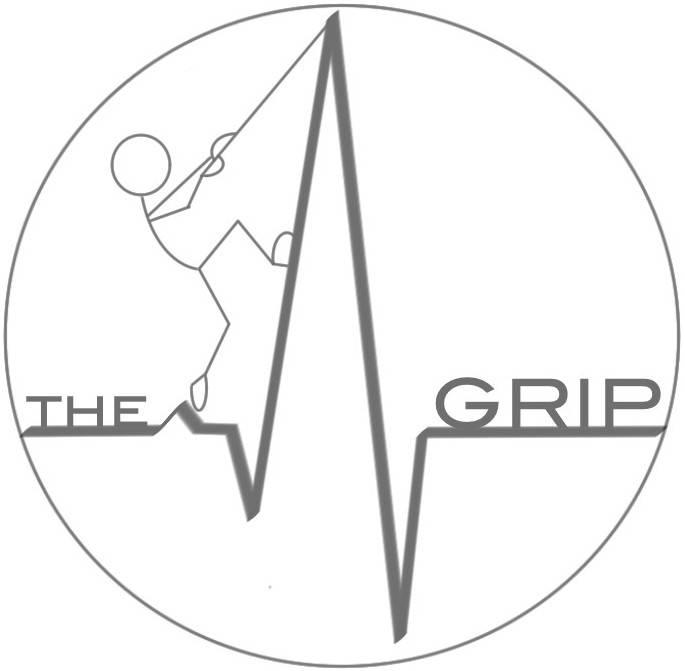Ultrasound and diaphragmatic dysfunction: impact of surgical approach
M Luperto, M Bouard, S Mongodi, F Mojoli, B Bouhemad
Critical Care 2018, 22(Suppl 1):P211
Introduction: Diaphragm ultrasound (DUS) easily identifies diaphragmatic dysfunction (DD) in ICU patients [1], a potential cause of weaning failure (WF).
Methods: Prospective observational monocenter study. We enrolled adults ICU patients at day 1 after surgery, extubated, with no neuromuscolar diseases. In each patient DUS (caudal displacement (CD) and thickening fraction (TF)[2]), was performed. WF was defined as NIV or reintubation within 48h after extubation.
Results: We enrolled 43 patients (25 males, age 70.9±10.2 years, BMI 27.1±5, MV length 5h [4-6], ICU stay 1.5 days [1.0-2.0]). Surgery was performed by laparotomy (La-28%), sternotomy (St-53%) or right thoracotomy (Rt-19%). No differences were remarked in patients’ characteristics, MV length, ICU stay Table 1. Rt patients had WF more than other approaches (p=0.0080); right CD and TF were significantly lower in Rt (p<0.05, Table 2). Rt was a risk factor for WF (OR 17.5, 95% CI 1.38-222.62, p=0.0024).
Conclusions: Postsurgical right DD is significantly affected by surgical approach; Rt has the highest percentage of DD, probably explaining the highest rate of WF.
References
1. Zambon et al Annual Update in Inten Care and Emerg Med 427-438, 2013
2. Umbrello M et al. Respir Care 2016 P212
